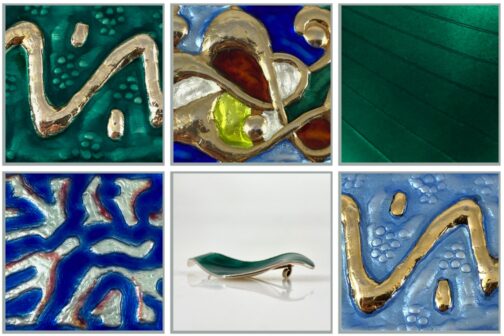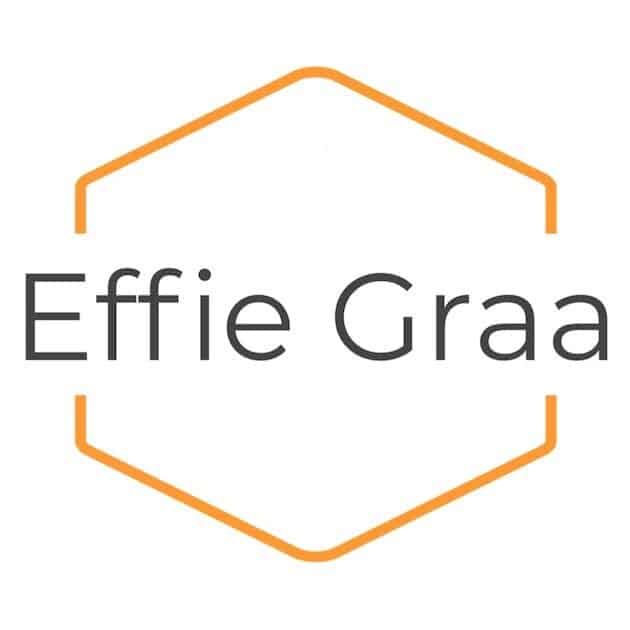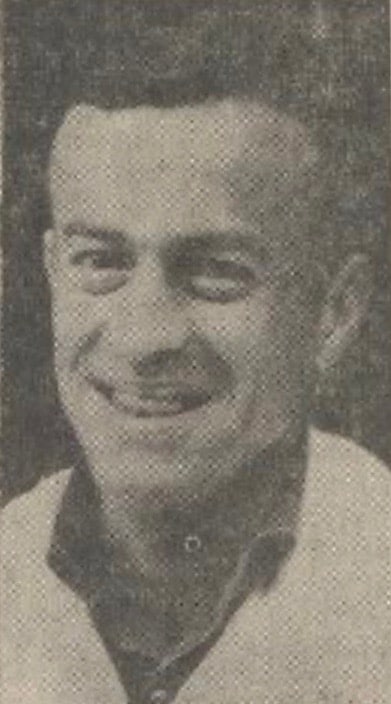
Øystein Balle (1928-1998)
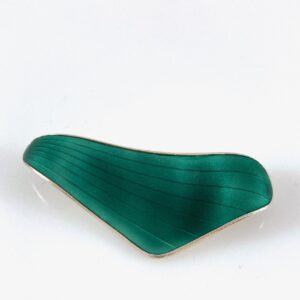 The creative enamel jewelry from the workshop of Øystein Balle is known for the vivid colours and eye-catching design. Øystein Balle grew up in a family business. His father had a small goldsmiths workshop in Stavanger, on the west coast of Norway. His parents both worked in the business, where they produced enameled spoons and did repair work. Øystein did his apprenticeship with his father, and started working in the backroom of his father’s shop. He earned his craft certificate in 1953 and opened his own workshop further down the street from his father’s shop.
The creative enamel jewelry from the workshop of Øystein Balle is known for the vivid colours and eye-catching design. Øystein Balle grew up in a family business. His father had a small goldsmiths workshop in Stavanger, on the west coast of Norway. His parents both worked in the business, where they produced enameled spoons and did repair work. Øystein did his apprenticeship with his father, and started working in the backroom of his father’s shop. He earned his craft certificate in 1953 and opened his own workshop further down the street from his father’s shop.
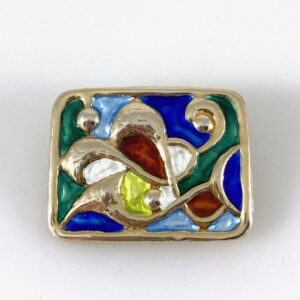 Øystein Balle was an entrepreneur. What started up as a repair shop, developed into an ambitious production of enamel jewelry and spoons. Balle also bought the workshop of goldsmith G. Hellstrøm, and incorporated their enamel cutlery into his production. In the early 1960s he built a new, modern, and much bigger facility. He had big plans for expantion and export to the US, Europe and even to South America.
Øystein Balle was an entrepreneur. What started up as a repair shop, developed into an ambitious production of enamel jewelry and spoons. Balle also bought the workshop of goldsmith G. Hellstrøm, and incorporated their enamel cutlery into his production. In the early 1960s he built a new, modern, and much bigger facility. He had big plans for expantion and export to the US, Europe and even to South America.
Sadly the investment didn’t work out as expected. Just a couple of years later the new facility was sold, and the workshop was back in its old location. The production continued on a smaller scale in the 1970s and until the early 1980s. Judging from the spread of Balle’s jewelry around the world, and the popularity it has amongst collectors of enamel jewelry today, the saga of the Øystein Balle workshop qualifies as a fascinating success story.
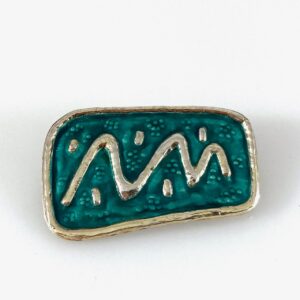 As is often the case with small businesses, it is difficult to find documentation on spesific pieces of jewerly. What may have existed of drawings is long gone. Also, surprisingly little was written about Balles production back in the 50s and 60s, wich is probably because it was a relatively modest business compared to the more well known companies with long standing traditions.
As is often the case with small businesses, it is difficult to find documentation on spesific pieces of jewerly. What may have existed of drawings is long gone. Also, surprisingly little was written about Balles production back in the 50s and 60s, wich is probably because it was a relatively modest business compared to the more well known companies with long standing traditions.
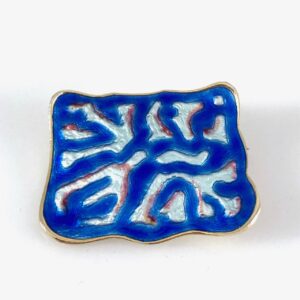 On the positive side, the small scale of the business also made it possible to improvise, and some of the enamel broches come in a varity of different colour combinations. It’s perfectly possible that the enamelists to some extent could suggest and themselves decide what colours to use.
On the positive side, the small scale of the business also made it possible to improvise, and some of the enamel broches come in a varity of different colour combinations. It’s perfectly possible that the enamelists to some extent could suggest and themselves decide what colours to use.
Balle’s well known series with large rectangular fields from the early 1960s has similarities to the more experimental enamel jewely of Nora Gulbrandsen at the David-Andersen company, and also to the well known multicolored rectangular enamel broches and earclips by Thorbjørn Lie-Jørgensen from the same company.
